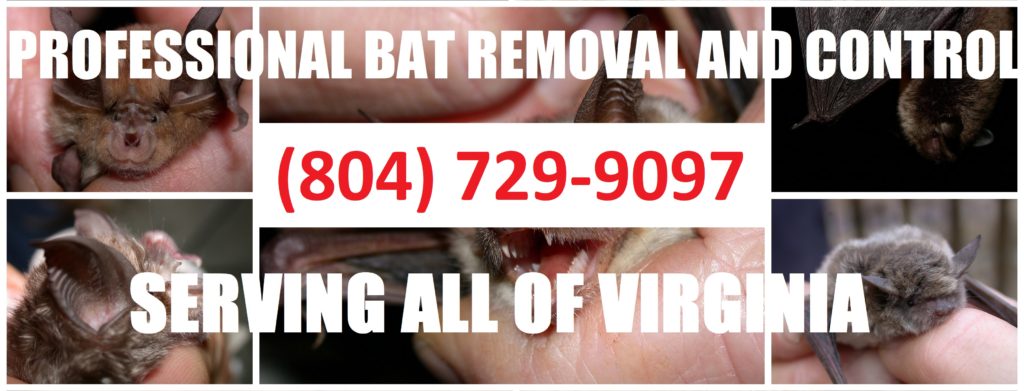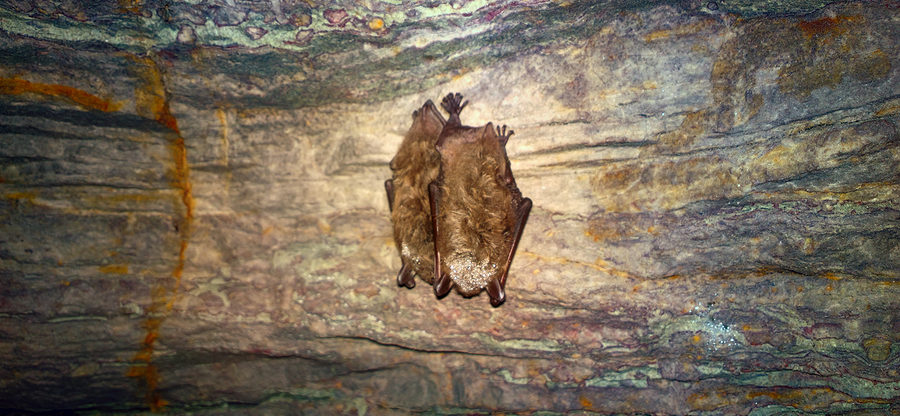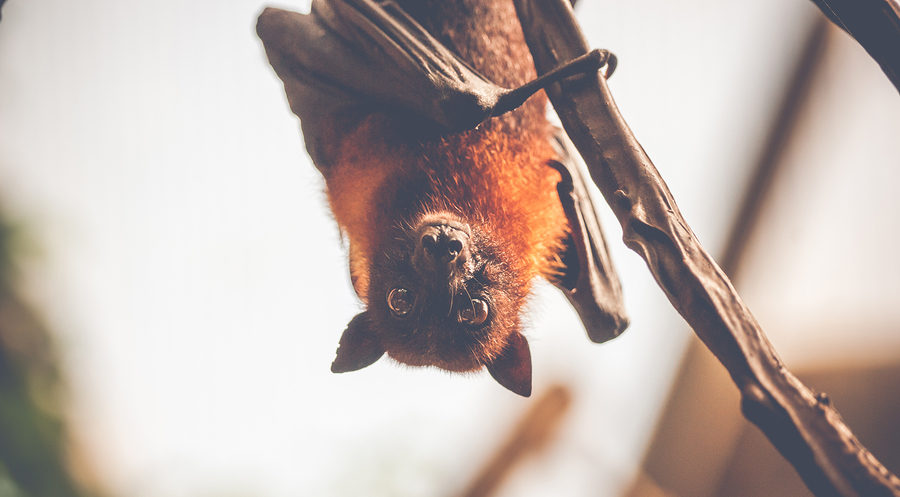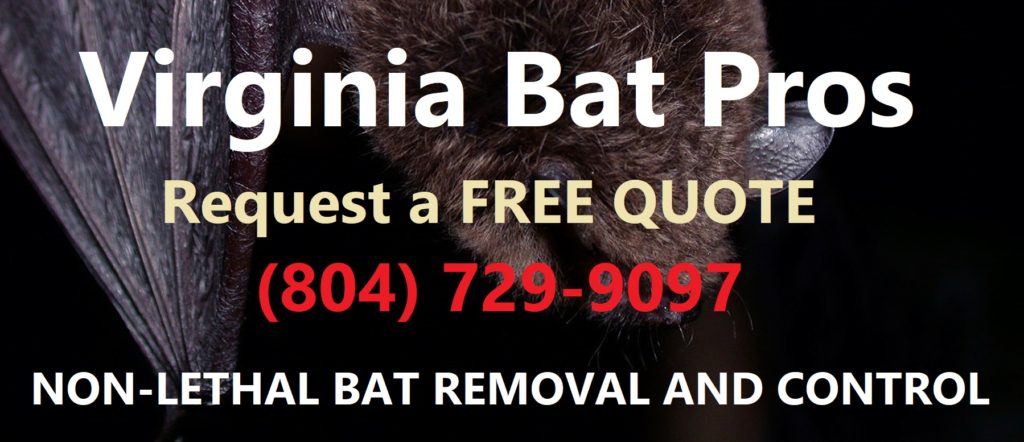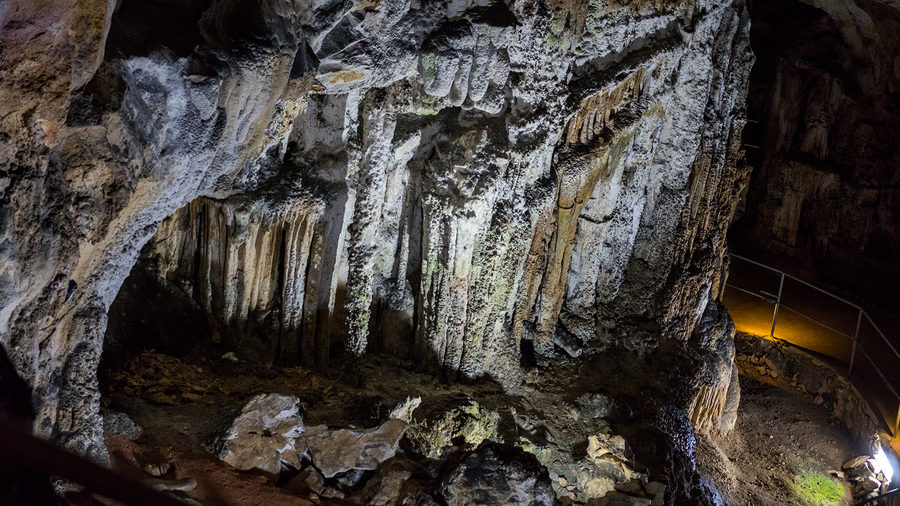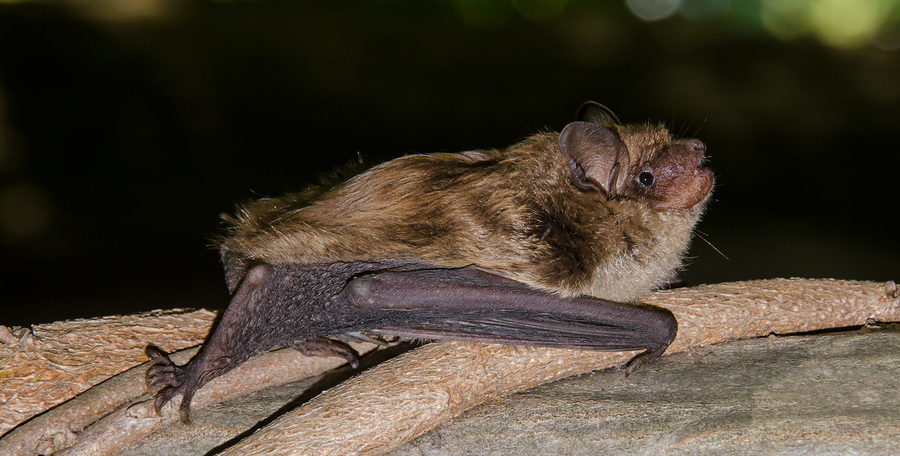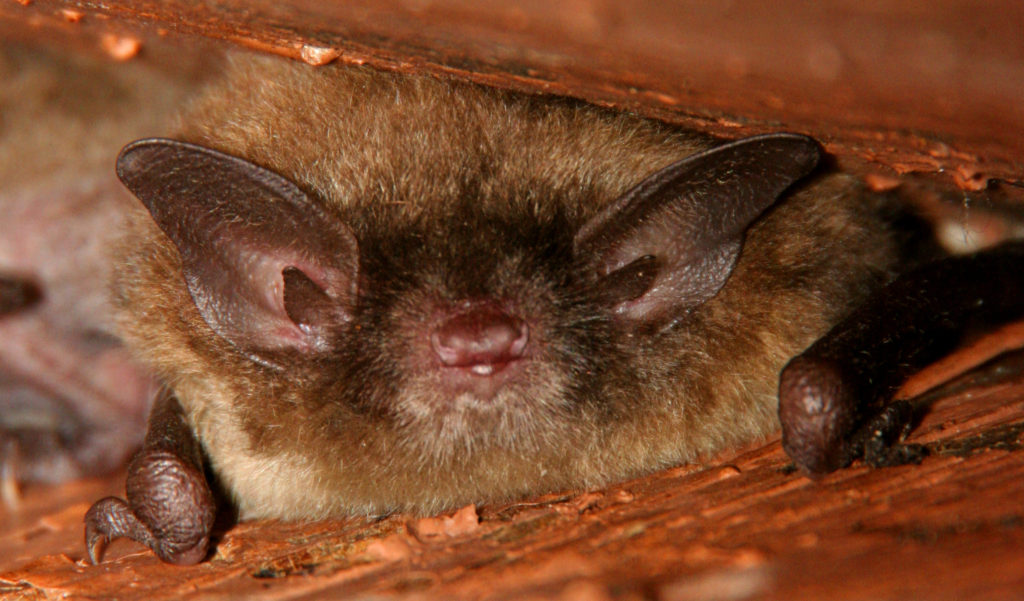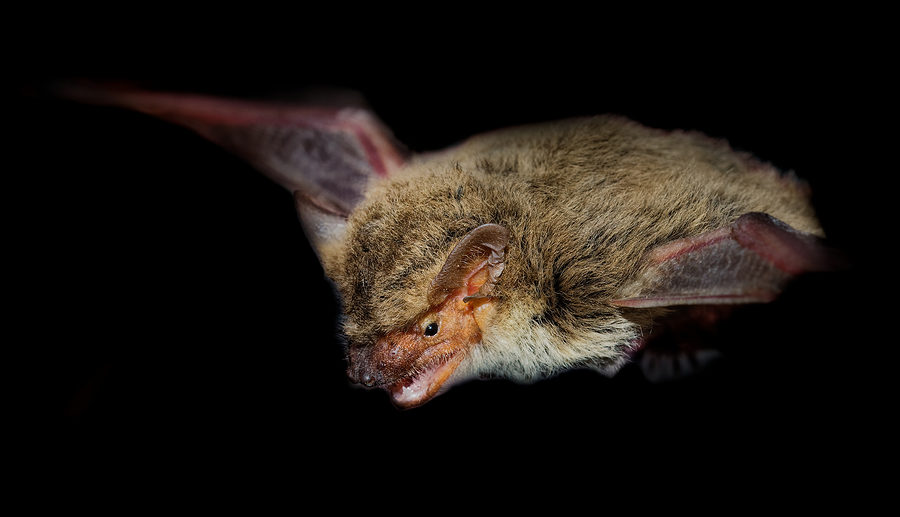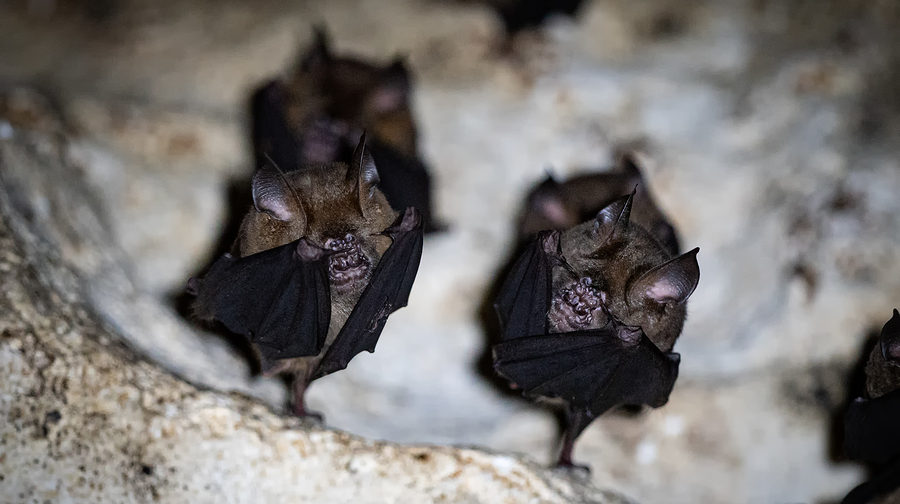Although many people fear them, bats are unusual and incredible creatures, as well as the second largest order of mammals. They play a vital role in our Eco-system, and even help control nuisance insect populations in the spring and summer. Their significant contribution to our environment means they deserve a much better reputation. Perhaps by learning some interesting facts and information about bats, you too can change your opinion and fear them no more.
Continue reading to learn some basic facts about bats, including their collective taxonomy and scientific classifications.
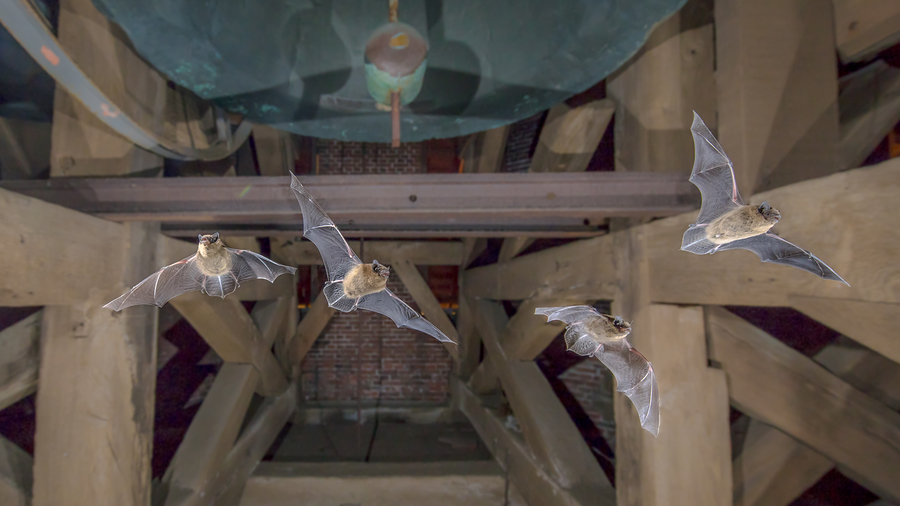
Integrated Taxonomic Information System (ITIS)
The Integrated Taxonomic Information System (ITIS) is an American partnership of federal agencies intended to provide steady, dependable information on the categorization and nomenclature of biological species. In terms of bats, they have categorized the taxonomy of mega and microbats as follows:
Kingdom = Animalia
Phylum = Chordata
Subphylum = Vertebrata
Class = Mammalia
Order = Chiroptera
Suborder = Megachiroptera (Megabats) & Microchiroptera (Microbats)
Family = There are a total of 16 families in the suborder Microchiroptera. In the Megachiroptera, there is only one family called the Pteropodidae, also known as flying foxes and Old World fruit bats.
Genera = There are a total of 187 bat genera’s.
Species = There are at least 950 known bat species, but there are likely as many as 1,200 species or more.
More Fun Bat Facts!
Bats are mammals. What’s even more shocking is that bats are the only mammals in the world that are capable of true flight. Other mammals, like the flying squirrel, have the ability to leap, jump, soar, or float over great distances, but bats are the only ones who can actually take and maintain flight just like a bird.
Microbats use echolocation to help hunt their prey and navigate around in the dark; however, they are not blind. In fact, microbats can see quite well (and hear quite well), but they use their bio-sonar abilities to navigate their course, as well as, dart and dash for prey at a more precise rate.
Megabats, or fruit bats, do not have Echolocating abilities. They have big eyes and great vision, so they have no need for echolocation. To learn more about bats, see our blog, “5 Educational Facts About Bats” and really get to know this incredible mammal!
How to Safely and Quickly Stop a Nuisance Bat Problem in Virginia
Call Virginia Bat Pros at 804-729-9097 when you need prompt and professional Virginia bat removal and control you can afford. We use safe and humane methods to deliver effective 24 hour bat control for residential and commercial properties throughout Virginia. We serve all of Virginia, including Richmond, Petersburg, Short Pump, Lynchburg, Charlottesville, Norfolk, Chesapeake, Newport News, Virginia Beach, and all of their surrounding areas.
